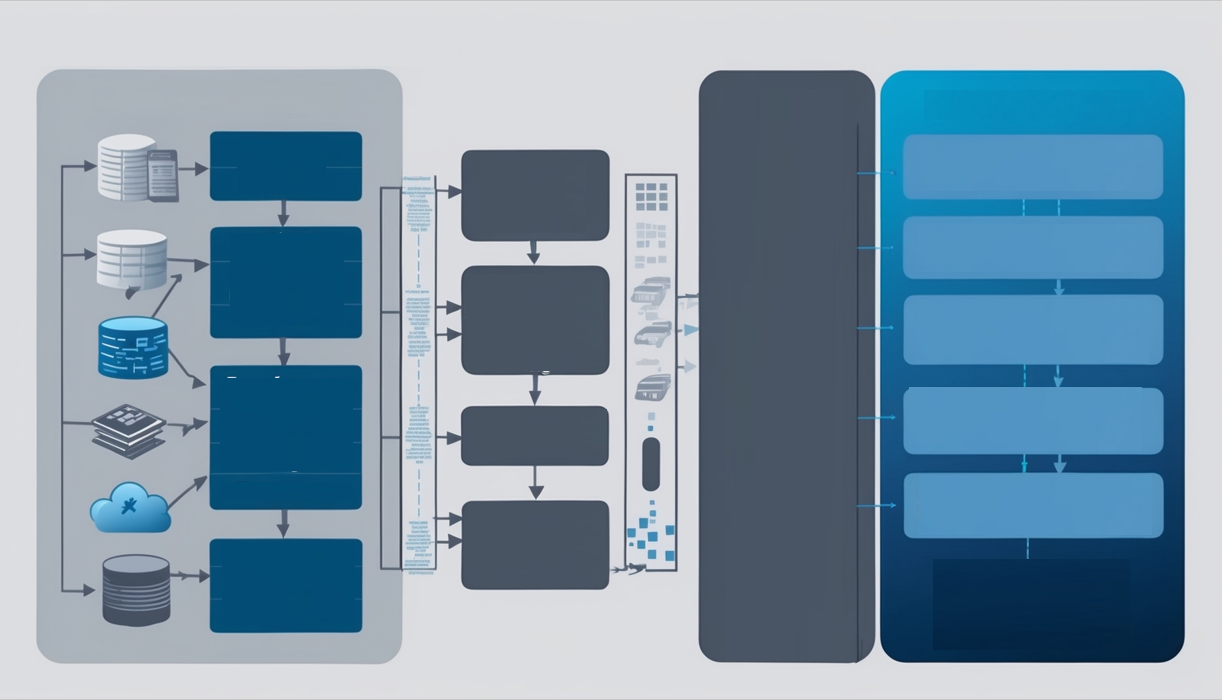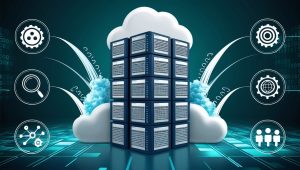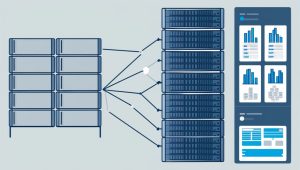A Quick Introduction to Big Data
This paper introduces big data – what is it? what are its benefits? why is it important? Good place for the CIO to familiarize themselves with Big Data.
Big Data refers to the massive volume of structured and unstructured data generated by various sources, such as social media, sensors, digital devices, and business transactions. The term “Big Data” is often used to describe datasets that are too large, complex, or dynamic to be processed, analyzed, and managed using traditional data processing tools and techniques. Big Data is characterized by the 5Vs: Volume, Velocity, Variety, Veracity, and Value.
Big Data technologies and tools, such as Hadoop, Spark, and NoSQL databases, have been developed to address the challenges associated with storing, processing, and analyzing large and complex datasets. Big Data analytics involves the use of advanced techniques, such as machine learning, data mining, and predictive analytics, to uncover hidden patterns, correlations, and trends within the data.
Big Data applications span across various industries and sectors, including:
The potential benefits of Big Data are significant, but there are also challenges and concerns, such as data privacy, security, and ethical considerations. Organizations must adopt responsible data management practices and adhere to relevant regulations to ensure the appropriate use and protection of Big Data.
The Big Data category within our CIO Reference Library is a comprehensive collection of resources, articles, and insights designed to help CIOs and IT executives navigate the complex world of big data management, analytics, and implementation. This category focuses on providing IT leaders with the knowledge and tools needed to effectively harness the power of big data, enabling them to make better-informed decisions, drive innovation, and create a competitive edge for their organizations.
In this category, you will find valuable information on a wide range of topics related to big data, including:
By exploring the Big Data category, IT leaders can better understand the challenges and opportunities associated with managing and utilizing large-scale data assets. This knowledge will enable you to develop and execute effective big data initiatives that drive significant value, efficiency, and innovation for your organization.

This paper introduces big data – what is it? what are its benefits? why is it important? Good place for the CIO to familiarize themselves with Big Data.

This Big Data guide offers detailed insights into the strategic implementation of Big Data solutions. It provides a comprehensive framework for organizations to successfully implement Big Data strategies. Covering infrastructure needs, process changes, governance, and key use cases, this guide equips organizations with the knowledge to leverage Big Data for improved decision-making, operational efficiency, and innovation.
This guide offers insightful strategies for marketers to utilize Big Data effectively, enhancing customer engagement and competitive advantage.

This detailed guide on big data application architecture explores essential patterns, tools, and best practices for designing robust, scalable solutions. With a focus on key components like ingestion, storage, access, and visualization, this guide offers actionable strategies for professionals in various industries. It delves into real-world use cases, providing a problem-solving approach for leveraging big data to achieve business goals.
This document provides an overview of big data, and discusses implementation considerations for its adoption in the enterprise. An excellent guide for the CIO who is about to embark on the big data journey and she who is already neck deep but wants to get a better perspective. Excellent Read!
This quick introduction to big data provides answers to three simple questions: what is big data? why use big data? how to use big data
This presentation introduces Big Data, discusses its value, and applicability, and discusses implementation considerations such as technologies involved.
This book is written from the perspective of big data implementation. It defines big data, and then gets busy with practical considerations in its deployment and use. An excellent resource for the CIO who wants to not just understand the promise of big data but also implement it to create business value. (400 Pages)
An excellent introduction to Big Data: What is big data? Why is it important? Can a CIO stay in their job without knowing what big
This presentation introduces big data – what is it and why is it important – in the context of a real life enterprise implementation. Excellent read!